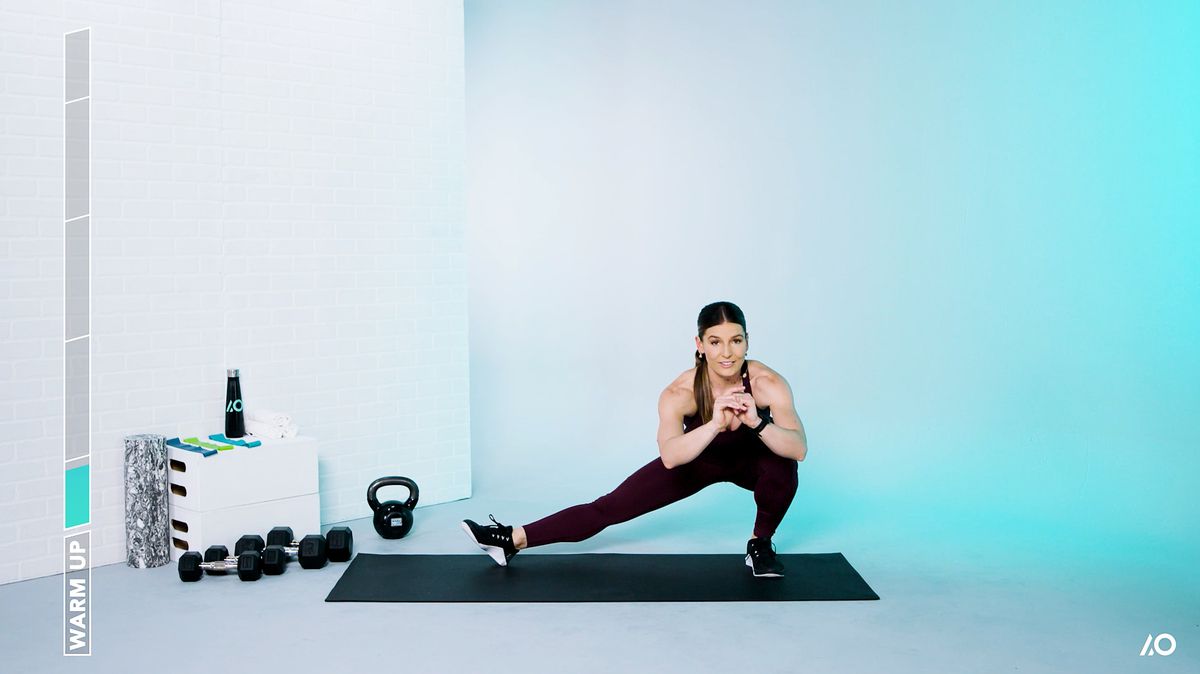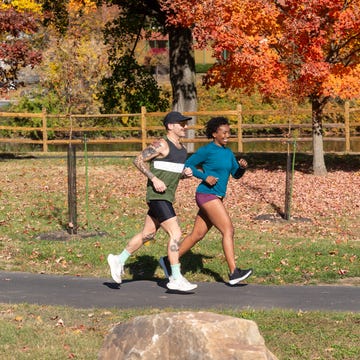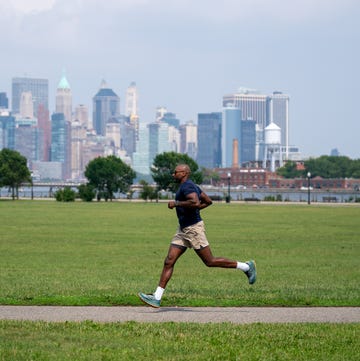How do you spend your off-season? Let’s back up. Do you have an off-season? The fact that you can run year-round is a very neat element of this sport, but it also means that you should set some personal boundaries.
For me, it’s important that within my running, I create separation and structure to better help identify when I’m in a training cycle and when I’m simply staying connected to running. I call the “down” periods in my training “Fun Run Season.”
Running brings me joy and helps me feel connected to the person I want to be, so I never want there to be large gaps within my life without it. But there are times after I race when I’m not physically or mentally prepared to throw myself right back into a rigid training cycle. That’s when I try to become more in tune with myself as a runner and even spend more time in the gym.
Here are four reasons incorporating a Fun Run Season into your training can help you create structure within your off-season and take your capabilities as a runner to the next level.
Take time to connect to your inner runner
Becoming better in tune with yourself will help you accomplish two things during Fun Run Season when you’re heading out the door without a target for mileage or pace. First, it will allow you to shift your mindset away from training, so you can really focus on yourself and determine what your body and mind need from your running. Second, it will also help you develop a stronger connection and intuitiveness to your own personal running. This will lead to a better understanding of your body’s physical limits and your mental limits, and will help you become the runner you want to be when training comes around again.
Join Runner's World+ for unlimited access to the best training tips for runners
Get stronger in the gym
There’s no question that strength-training will help you become a faster, more powerful, and more resilient runner. But while implementing strength-training exercises within your training cycle is important, you still have to maintain running as the primary focus.
During your off-season, you have a chance to develop some serious strength in the gym. This is one of my favorite transitions once the fall marathons have come to an end. I spend three to four days a week in the weight room, focusing on unilateral exercises, main power lifts, and metabolic conditioning to help develop peak fitness while taking a slight break from running.
Feed your inner athlete
While the pressure is off, take time to fuel the athlete within you. One way you can do this is to build your aerobic engine. Practice actually running at an easy pace. Implement cross-training, such as swimming or cycling, to develop a strong base of aerobic conditioning and fitness. Do these things not because you have the deadline of a race coming up, but because you simply want to be the strongest athlete that you can become.
Take time to daydream and build goals
When you’re in the trenches of a training plan, there’s not a lot of time or extra energy available to sit and wonder about your future self as a runner. But when you’re not training, it’s the perfect opportunity to dream up new challenges, new goals, and to figure out what really motivates and inspires you. The beauty about being a runner is that this can always evolve: Running a 5K in under 30 minutes, breaking four hours in the marathon, qualifying for Boston.
I don’t think I would be the runner I am without allowing room for a Fun Run Season within my training. Accomplishing running goals and following training plans is extremely rewarding, but allowing for breaks gives me permission to spend time developing the runner and person I want to be through physical, mental, and spiritual practices. I encourage you to take time and sit in the stillness of training down periods and allow those to be a chance to further connect to who you are as a runner, and who you want to be. Let’s keep crushing it.
Watch: Strength for Speed

A running veteran for more than a decade, Movold is a licensed strength and running coach for Runner’s World+ members and at the Mile High Run Club in New York City. When she’s not motivating class-goers through grueling treadmill workouts, you’ll likely find her zig-zagging boroughs on bridges throughout Brooklyn and Manhattan or training for her next marathon . She’s ready to push you to your next running goal as she chases her own—running a marathon in under 3 hours.













